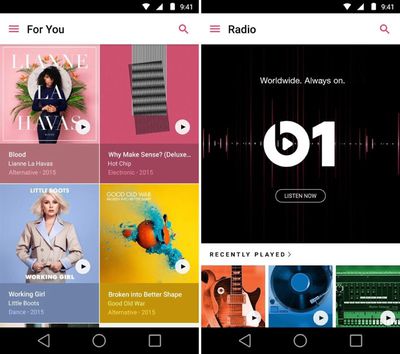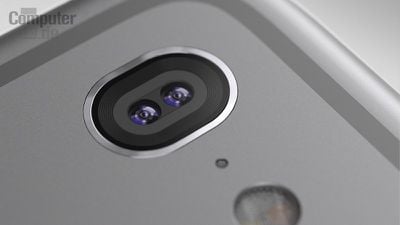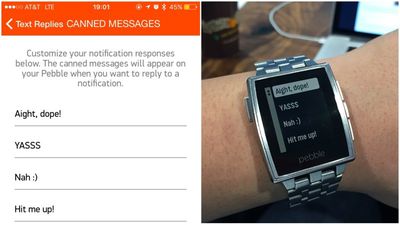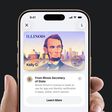Amid rumors that Apple is working on extended range wireless charging capabilities for future iPhones, there has been some speculation that Apple has partnered with Energous to implement the technology. Energous is the company behind WattUp, an emerging wireless charging technology that uses radio frequencies to charge devices from up to 15 feet away.
Though there's no concrete proof of a relationship between Energous and Apple, a new research report from Louis Basenese of Disruptive Tech Research highlights a large pool of circumstantial evidence pointing towards a potential partnership, so it's worth taking a look at Energous's technology, both in that context and as an example of the wireless charging techniques that are currently being pursued by tech companies.
Basenese posits Apple is working with a partner rather than developing an in-house solution due to the small number of patents the company has filed surrounding wireless charging -- just five, with none filed since 2013. As evidence that partner is Energous, he points towards their common manufacturing partners (TSMC and Foxconn), their membership in ANSI working towards standards for wireless power transfer compliance testing, and most notably, the fact that Energous's RF-based wireless charging system is the only long-distance solution nearly ready to launch.
In early 2015, Energous also inked a deal with an unnamed consumer electronics company, positioned as one of the top five companies in the world. Names weren't mentioned, but that's a short list -- Apple, Samsung, HP, Microsoft, and Hitachi. Basenese believes Apple is the likeliest partner by process of elimination.
From that list, we can easily eliminate HP and Hitachi, as they don't make phones. Since Samsung makes its own chips and WATT is working with TSM, we can cross it off the list, leaving only Apple and Microsoft. In reality, though, Microsoft is an also-ran in the mobile phone market and rumored to be exiting it. So we're left with one company. Of course, the identity will remain a mystery, as AAPL's notorious about insisting on secrecy with partners and employees.
Wireless charging capabilities have been implemented into several smartphones, including those from Apple's direct competitors, but Apple executives have downplayed wireless charging in the past due to its dependence on built-in chips, mats, and close proximity. In a 2012 interview, Apple marketing chief Phil Schiller said it wasn't clear "how much convenience" magnetic induction and resonance wireless charging systems offered because they still need to be plugged into the wall.
➜ Click here to read rest of article...


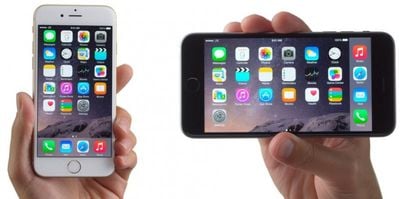
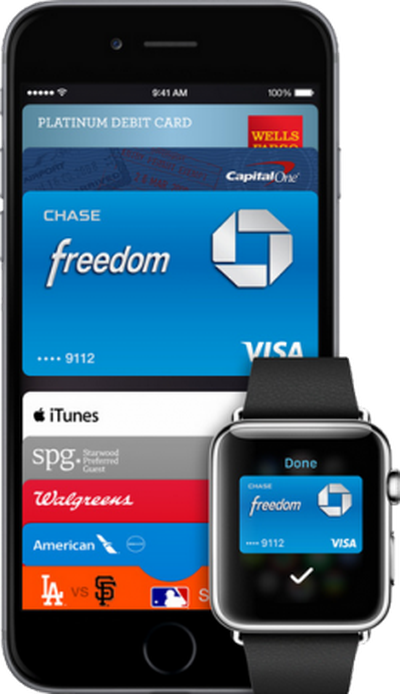 Apple updated its
Apple updated its 

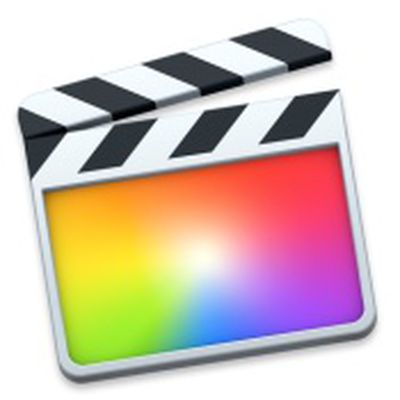 Apple today updated Final Cut Pro X, Compressor, and Motion, its software designed for professional video editors. Today's updates, the first
Apple today updated Final Cut Pro X, Compressor, and Motion, its software designed for professional video editors. Today's updates, the first 


 Following Apple's
Following Apple's 

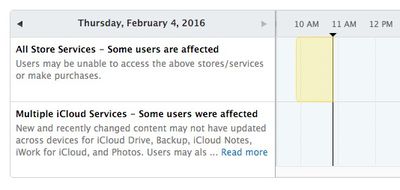

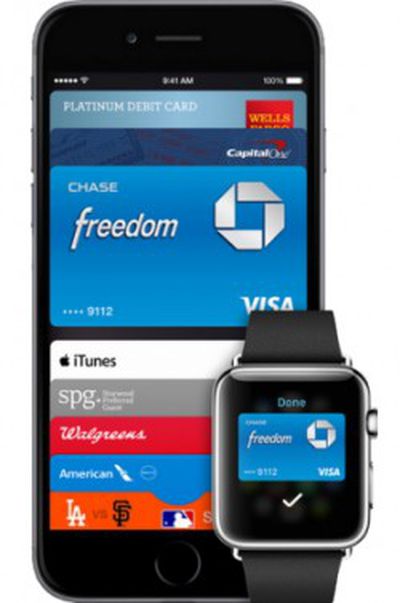 Apple Pay is now available at more than 2 million retail locations, with merchants such as Crate & Barrel, Chick-fil-A and Au Bon Pain set to accept the system in stores imminently, reports
Apple Pay is now available at more than 2 million retail locations, with merchants such as Crate & Barrel, Chick-fil-A and Au Bon Pain set to accept the system in stores imminently, reports 